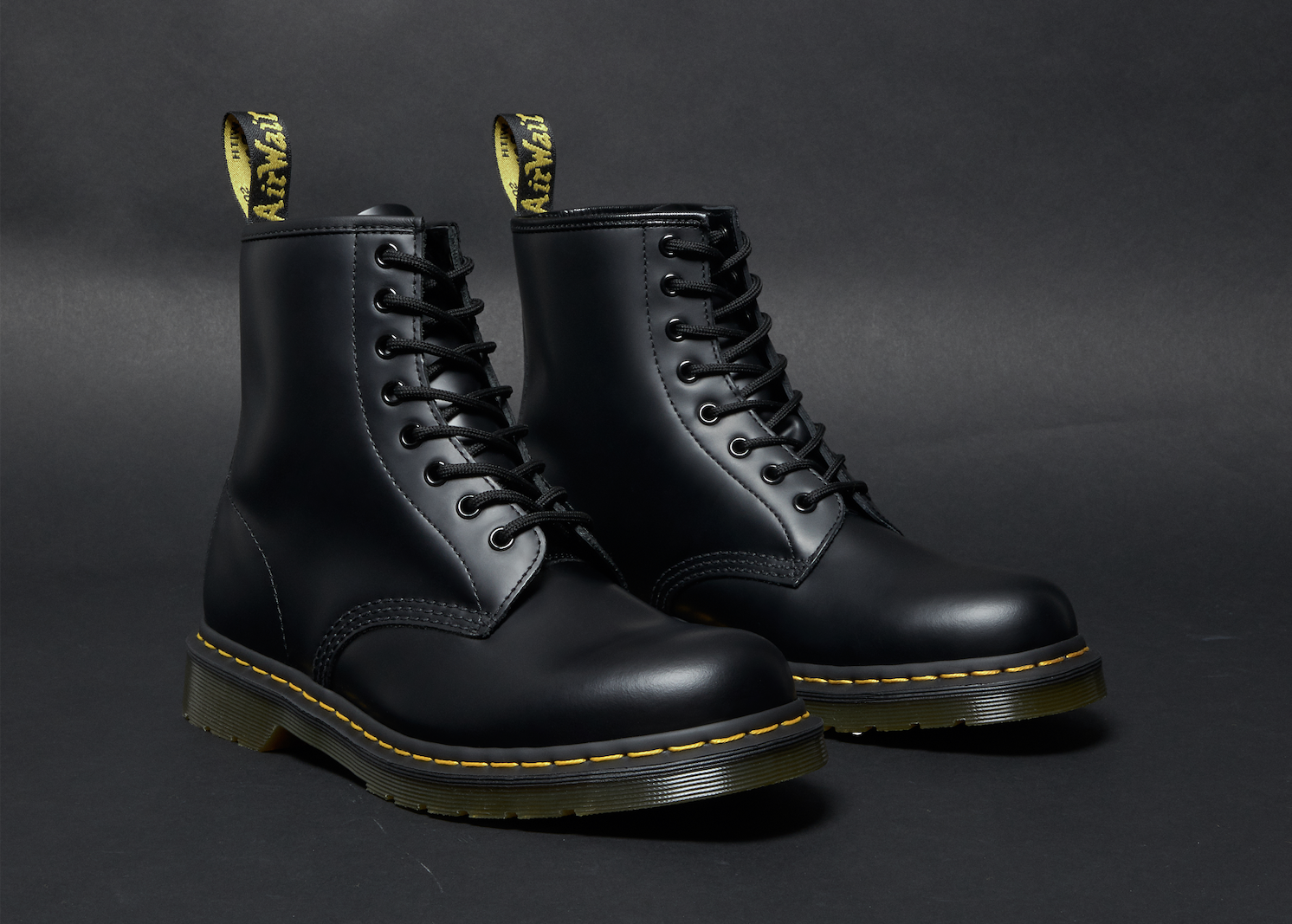Decarbonising fashion: A path to Net Zero – challenges, strategies, and future perspectives
The fashion industry is expanding at unprecedented levels. Since the early 1990s, material production and its associated emissions have increased by 185%.1 Global consumption is expected to rise by 63%, and clothing sales could triple by 2050 (from 2023 levels).2 Clothing purchases across the EU alone generated 121 million tonnes of CO2e in 2020.3 If the European Union is to meet its legally binding 2050 Net Zero target, the fashion sector must reduce its emissions at speed.
The largest impact comes from material production and raw material processing, which are responsible for approximately 68% of fashion companies’ Scope 3 emissions. Fast fashion and global supply chains drive overproduction, waste, and transport-related emissions. However, regulatory pressure is mounting, with new laws and sustainability reporting requirements targeting fast fashion's impact. Initiatives like the Apparel Impact Institute are identifying and scaling decarbonisation solutions4, while a small but growing group of conscious consumers and responsible brands are shifting the landscape.
Challenges in decarbonisation
Decarbonisation challenges can be grouped into three categories: consumer behaviour, supply chain complexity, and financial and technological barriers.
Without a stronger emphasis on shifting consumer behaviours, decarbonisation efforts will continue to struggle against the expansion of fast fashion.
Supply chain complexities and globalised supply chains impede the implementation of uniform sustainability regulation. Short-term, opportunistic supplier contracts and reluctance to build long-term, collaborative relationships hinders progress to Net Zero.
Decarbonisation requires new technology and infrastructure at scale to support the transition to low carbon production, such as replacing the use of coal in manufacturing facilities. Technology for recycling and upcycling fibres is emerging but more development and investment is needed.
Strategies and solutions
Many brands are struggling to meet their targets. Identifying the risks and opportunities of climate change will allow organisations to assess longer-term business priorities and show leadership its impact on performance. Understanding emission hotspots and areas of intervention can help organisations deliver their transition to Net Zero (see below).

Key focus areas to prioritise:
Transforming the nature of supply chain relationships
Long-term relationships with suppliers and the move away from purely transactional practices will be key to building resilience in fashion’s supply chains. Interventions to decarbonise material production and processing include the adoption of renewable energy sources (especially in countries where phasing out fossil fuels is more challenging) and investing in energy efficiency measures. Greater energy efficiency and the transition to renewable energy sources could abate 1 billion tonnes of emissions in 2030 across the fashion value chain.5
Sustainable materials
Brands must invest in sustainable raw materials such as organic cotton and recycled polyester and remove towards waterless dyeing and digital printing. Brands should align low carbon interventions with other sustainable strategies addressing land impact, animal welfare, and worker wellbeing. There is also an opportunity to innovate with next-generation materials, including bio-based and waste-derived fabrics.
Circular economy practices
Circular business models are a key lever for decarbonising end-of-life emissions. Brands must design products for longevity, promote repair and reuse, and develop recycling programmes. This approach minimises waste and maximises resource efficiency. The Carbon Trust helped iconic footwear brand Dr. Martens understand the carbon impact of a dedicated repair and resale model, and assessed to what extent a recommerce model would help the brand cut its emissions in line with its growth projections. For further details please see: Dr. Martens impact story.
Digitalisation
Digitalisation is transforming the fashion industry by enabling better stock management and facilitating on-demand production. By leveraging real-time data on customer trends and demand, brands can accurately forecast inventory needs, reduce overstocking and minimise waste.
Collaboration and partnerships
Collaboration is critical to achieving Net Zero. German fashion companies are partnering with industry stakeholders, NGOs, and government bodies to share knowledge, resources, and best practices. Initiatives like the European Fashion Pact, the German Sustainable Textile Initiative and Cascale exemplify these collaborative efforts.
Financial investments
Research shows an estimated $1 trillion is required to finance the decarbonisation of the fashion industry by 2050.6 Sustainable finance is vital and companies that leverage sustainable finance outperform their peers in both environmental impact and financial resilience. Adidas, for example, aims to use 100% recycled polyester in all products by 2024 and reduce its operational emissions through green financing.7
Conclusions and recommendations
Supply chains in climate-vulnerable regions means the industry faces disruption, financial loss, and harm to workers if no action is taken. Net Zero offers opportunities for reducing these risks, in addition to market differentiation, enhanced brand value and innovation. Decarbonising the fashion sector and shifting from unsustainable growth requires investment, collaboration, and bold action. Industry programmes, materials innovation, and supply chain transparency will support the sector in its Net Zero goals, benefiting both people and the planet.





